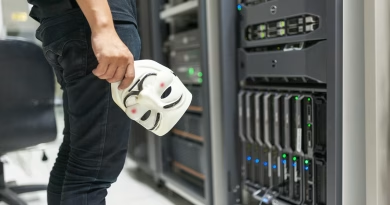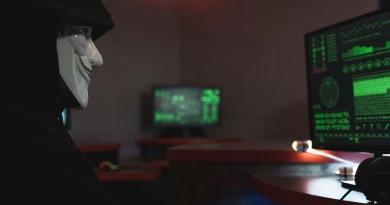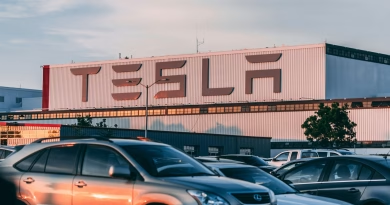Too Real to Trust? Why Google Veo 3 Might Blur the Line Between Video and Deepfake
In 2023, AI-generated images made headlines. In 2024, it was voice clones.
Now in 2025, Google Veo 3 delivers hyper-realistic videos that could pass for something shot on a Hollywood set.
It’s breathtaking tech. But also: a little terrifying.
Because as the quality of synthetic video rises, so does a chilling question:
Can we still trust what we see?
When Video Stops Being Proof
For decades, video was the gold standard of proof.
Caught on camera = real.
But Veo 3 challenges that idea. With just a text prompt, you can generate a convincing scene of:
- A politician saying something they never said
- A fictional disaster unfolding in real time
- A celebrity in a place they’ve never been
And it doesn’t take a bad actor with coding skills. Just access and creativity.
Why Veo 3 Changes the Game
Unlike earlier deepfake tools, Veo 3 doesn’t require source material, training datasets, or manual editing. It builds entire scenes from scratch with cinematic coherence.
That means:
- No obvious artifacts or face glitches
- Realistic lighting and motion
- Contextual background elements that make it feel real
We’re not just crossing the uncanny valley. We’re skipping it.
The Real Risks
- Misinformation on steroids
Fake footage can now look like a news report, a viral video, or a real eyewitness moment. - Loss of media trust
Viewers may start questioning all video evidence—real or not. That undermines journalism, activism, even courtroom evidence. - Impersonation and reputational harm
With Veo’s realism, bad actors could craft footage that manipulates public opinion or damages individuals’ reputations with frightening precision. - Deepfake fatigue
As more synthetic content circulates, people may disengage entirely, unsure what’s authentic. That’s not just a tech issue—it’s a cultural one.
What Can Be Done?
We need more than awe—we need guardrails.
- Watermarking by design
Google has promised to embed metadata in Veo’s outputs, but we’ll need stronger standards for cross-platform detection. - AI content detection tools
Just like antivirus software, we may soon need “AI sniffers” for video content—especially in news, education, and politics. - Media literacy 2.0
Educating the public on synthetic content shouldn’t be optional. Knowing how to spot and question video is a survival skill now. - Ethical access policies
Limiting Veo 3 access to vetted creators—at least initially—could prevent early abuse while awareness grows.
Olivia’s Take
Veo 3 is brilliant tech. But the better it gets, the more dangerous it becomes without oversight.
We’ve reached the point where AI can fake a moment so well, you’d swear it happened. That’s exciting for filmmakers and terrifying for truth-seekers.
If we want the benefits without the breakdown of trust, we need to build ethics as fast as we build capability.
Otherwise, the next time something “goes viral,” the real question might not be “Is this shocking?”
But: Is this even real?




